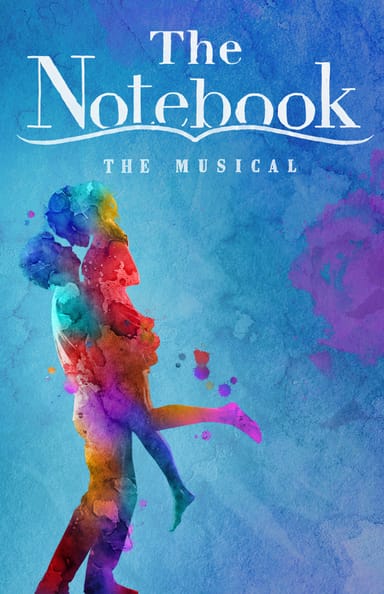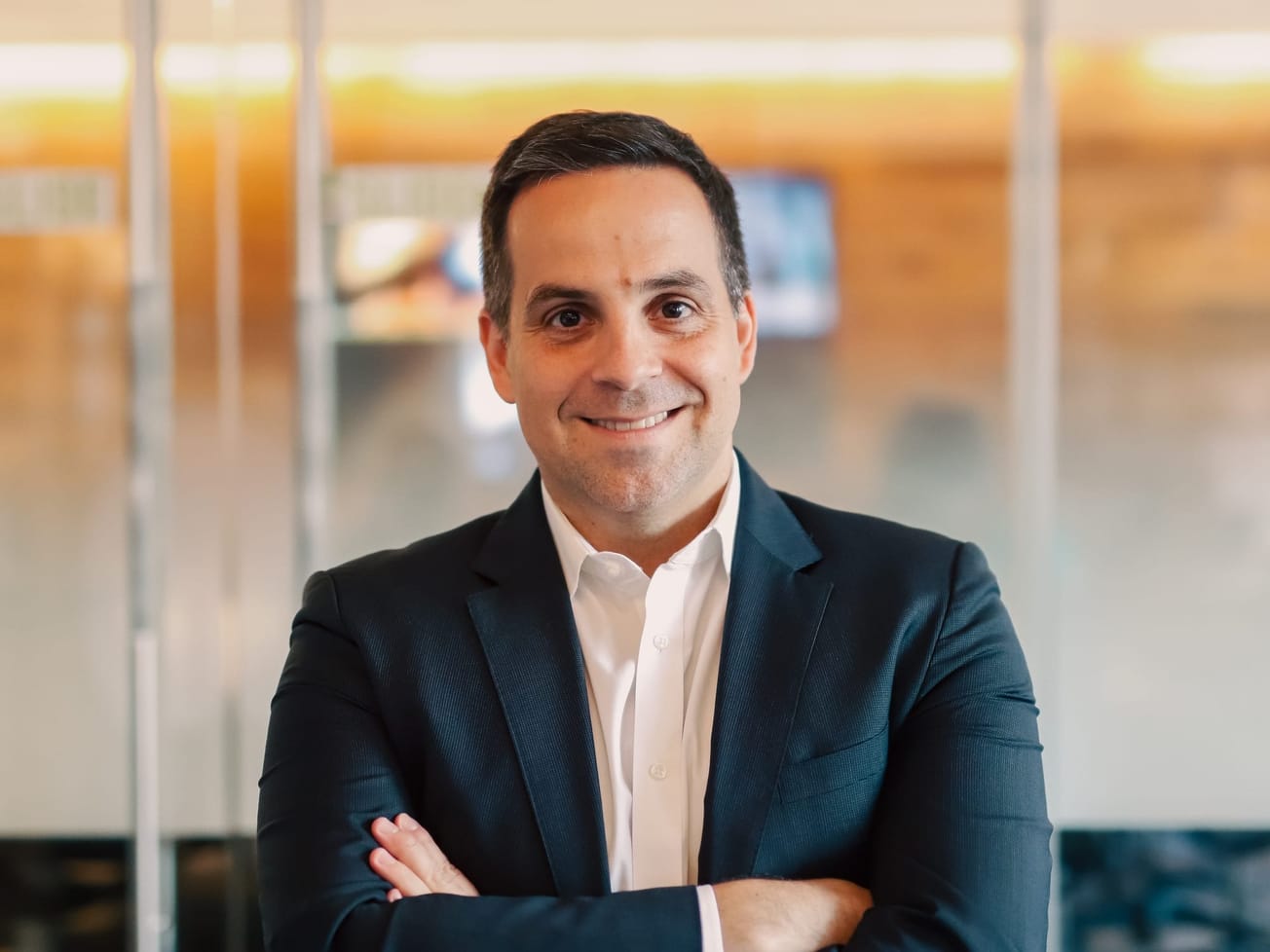When you water it all down, there are really only two sides to any business equation: money in, money out.
In passion- and purpose-filled arts and entertainment industries like Broadway, it’s sometimes hard to make space and confront the financial realities that the money-in-money-out forces bring.
But the conversations I’m having more recently with leadership across the arts and entertainment industries show that both sides of the financial equation are under significant stress in ways many have never felt before. During a recent gathering of industry leaders in arts and entertainment, co-hosted by our friends at leading business publication Crain’s New York Business, no matter what topic we veered into, the conversation kept circling back to these same financial pressures: money in or money out.
Put bluntly, the through line to almost every topic we spoke about began and ended with, “We don’t have enough money to do what we need to do to be successful.”
Whether that is compensating talent with a sustainable income, marketing with enough heft to actually break through or accepting the realities of living in one of the more expensive cities in the world — the financial weight looms large.
This fiscal stress is nothing new. When you consider most of the arts and entertainment industries, particularly Broadway, these are effectively limited supply businesses. In the traditional model, there is only so much money to be earned: There are X number of seats, and you can charge X amount per ticket. And when you’re operating between 85 to 90 percent capacity like Broadway is — a healthy marker for the business — increasing the “money in” is hard.
The most obvious path for growth has always been raising the average ticket price. If the last decade showed us anything, as unpopular as this might sound, Broadway was long underpriced. People will pay good money to see amazing experiences; look no further than the thriving secondary market, which took advantage of our under-market pricing, as evidence.
But with the past decade’s increased sophistication in implementing variable pricing, Broadway has identified ways to extract even more revenue from the limited capacity they had to sell. Look no further than the top rung of Broadway productions that have done an incredible job significantly increasing their revenue over the past decade while selling the same number of seats. It proves there is a deep love for theater, and people from all over the world are willing to pay good money to see it!
But, at some point (and I think that moment may be now), I believe the market will show signs that there isn’t much more to squeeze from the value we’ve been leaving on the table. The delta between the primary and secondary is shrinking and so is that pool for revenue growth in the ways we currently do business.
Yes, mega-brands can still name their price and continue pushing ticket prices upward, but for the others who make up the majority of live experiences, price increases without value increases is a lever we can’t pull anymore and expect the same results.
Couple that with NYC’s reality of swimming against quality-of-life headlines and the new work-from-home dynamics (which shrink the potential audience pool for live event brands), and a new pressure mounts on the other side of the equation: “money out.”
The Broadway business is a people business, and when we talk about the idea of “money out” we are often talking about a reduction in labor costs somewhere in the supply chain. These are incredibly complicated conversations as they impact people’s livelihoods. It’s no wonder why we avoid talking about the “money out” side of the equation. It’s a lot easier to raise ticket prices than to restructure employee agreements. It’s a lot easier to add additional fees than it is to restructure org charts. To make matters worse, we have a workforce in the theater industry that already feels (and often is) underpaid and undervalued. You can’t ask talented people to work below a livable wage — yet, a significant portion of our creative workforce often does. This is not a sustainable equation if we want to truly diversify the talent we will need to address the challenge ahead.
And yet, we expect investors and producers to continue to pour money into unsustainable business models and cost structures because this is “the way this industry works.”
Now, I know… This alarm has been sounded plenty of times over the years. Prices are too high… expenses are too high… “Damian, calm down, it will work itself out, it always does.” This arrogance is what will bury our industry — ask our friends in the businesses of linear television, publishing, music and film.
I hope I’m wrong, but math eventually catches up to us all.
The truth is we can’t keep skirting around the “money out” conversation. With wages stagnating and the cost of living climbing, the workforce that powers Broadway is feeling the strain more than ever. As we discussed at our recent gathering with Crain’s, the industry is starting to realize that the old models of “more for less” just won’t cut it anymore.
It’s time for bold, creative solutions that address both sides of the equation: new revenue streams that don’t rely solely on ticket hikes, and innovative cost management strategies that can support a sustainable, diverse workforce.
Some thought-starters on the “money out” conversation:
Is there a path to have reusable infrastructure in our theater, like the sound system or other fairly standard fare each production needs? Is there an opportunity for a shared HR infrastructure across shows to help bolster workplace support? Is there a path to have a shared pool of marketing data to enable efficiencies in advertising outreach? Maybe these are all terrible ideas, but I hope you can see the spirit of what I’m trying to explore.
Or, look to the “money in” side of the equation:
Is there a path to monetize our beautiful theaters that sit empty outside of our performance hours — like creating new patron experiences during the morning or afternoon hours or on days where the show is dark? Is there a central hub to enable the matchmaking of our empty seats to local communities that we want to introduce to the theater? Remember, we predictably leave 2 million seats empty every year as an industry. Is there prequel or sequel digital programming that one could buy to extend the storytelling entertainment beyond the four walls? Apple sold $90 billion dollars through its App Store in 2023 — is there really no room for new revenue to be found in extending the story into digital platforms where we know our future audiences consume their media? Again, maybe these are all terrible ideas, but they are ideas nonetheless — which we need any and all to bring to the table.
Our patrons, communities and families that rely on the health of this industry are praying for it.
Damian Bazadona is the president and founder of Situation, an advertising and marketing agency which specializes in live theater.
The opinions, beliefs, or views expressed by the author are theirs alone and do not purport to reflect the opinions, beliefs or views of Broadway News or its affiliates.


























































